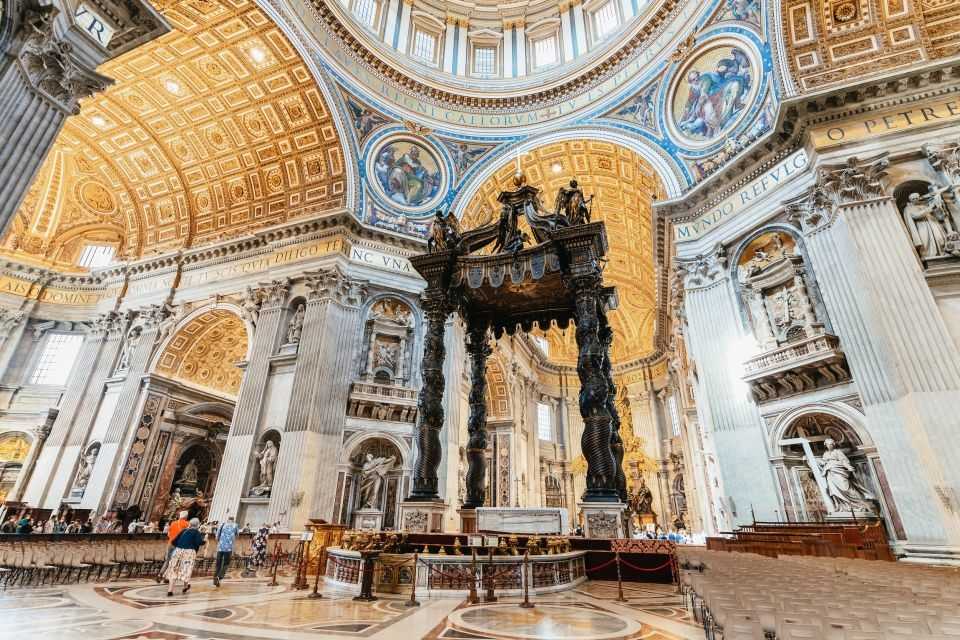Discovering St. Peter’s Basilica in Vatican City
St. Peter’s Basilica, located in Vatican City, is one of the most iconic and significant religious sites in the world. As a masterpiece of Renaissance architecture and a central place of worship for Catholics, it attracts millions of visitors each year. Whether you’re a history enthusiast, an art lover, or a spiritual seeker, St. Peter’s Basilica offers a wealth of experiences and insights. This guide will provide you with practical information to make the most of your visit.
Planning Your Visit
When planning a visit to St. Peter’s Basilica, timing is crucial. The basilica is open daily, but the best time to visit is early in the morning or late in the afternoon to avoid the largest crowds. Entry to the basilica is free, but there is a fee to access certain areas, such as the dome. It’s advisable to check the official Vatican website for any special events or closures that might affect your visit.
Dress code is important when visiting St. Peter’s Basilica. As a place of worship, modest attire is required. This means no shorts, sleeveless tops, or short skirts. Security checks are in place, so be prepared for a brief wait. Photography is allowed inside, but flash and tripods are not permitted.
Exploring the Basilica
Once inside, you’ll be greeted by the grandeur of the basilica’s interior. Designed by renowned architects like Michelangelo and Bernini, the basilica is a treasure trove of art and history. Key highlights include Michelangelo’s Pietà, a stunning marble sculpture located near the entrance, and Bernini’s Baldachin, a massive bronze canopy over the main altar.
Don’t miss the chance to explore the Vatican Grottoes beneath the basilica, where many popes are buried. For a panoramic view of Rome, consider climbing to the top of the dome. The ascent involves a combination of elevator and stairs, but the breathtaking view is well worth the effort.
Understanding the Significance
St. Peter’s Basilica is not just an architectural marvel; it holds deep religious significance. It is believed to be the burial site of Saint Peter, one of Jesus’ apostles and the first pope. This makes it a pilgrimage site for Catholics worldwide. The basilica also serves as the setting for many important liturgical events, presided over by the Pope.
The basilica’s design reflects its spiritual importance. The central nave, with its soaring ceilings and intricate mosaics, is designed to inspire awe and reverence. The basilica’s layout, with its numerous chapels and altars, provides spaces for private prayer and reflection, making it a place of both communal worship and personal devotion.
